The Ruy Lopez is one of the oldest and most decorated openings in chess. It dates back centuries ago and is a very popular opening across all levels, from master to beginner.
The starting moves of this opening are very simple and they align with the basic opening principles that involve controlling the center with pawns, developing pieces, and then castling.
This opening was named after a Spanish priest called Ruy Lopez de Segura. It is categorized by the moves: 1. e4 e5 2. Nf3 Nc6 3. Bb5.
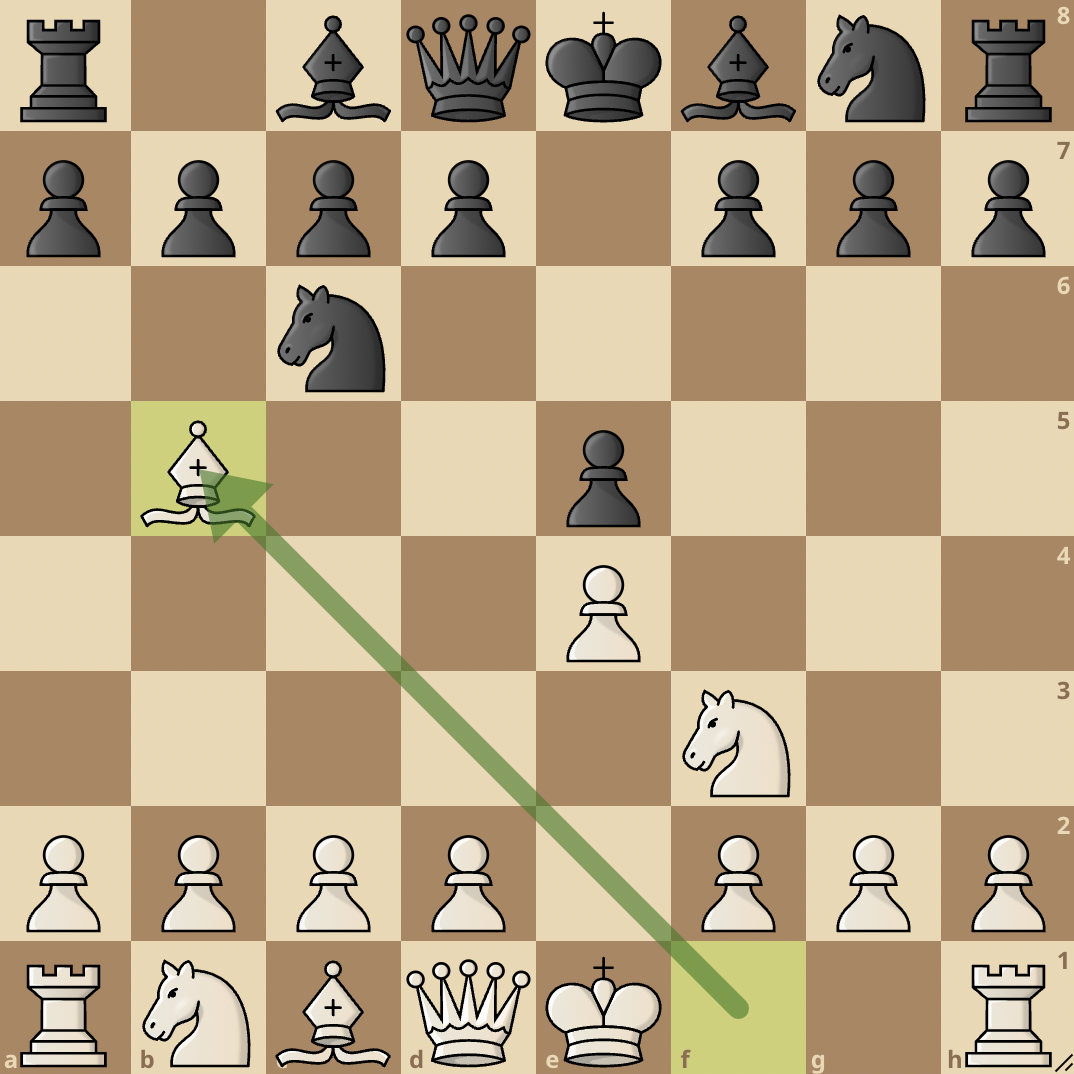
By playing 1. e4, White immediately grabs control of the d5 square. One of the most important things to note in the opening phase of a chess game is center control.
A player controls the center when their pieces occupy or influence the e4, e5, d4, and d5 squares. The e4 move by White also opens up the diagonal for their light-squared bishop to come into the game.
Black sees this and they respond with 1…e5, this move also has the exact effect e4 has. But playing 1…e5, Black now occupies the e5 square and also controls the d4 square, they also open up their dark-squared bishop’s diagonal.
White continues in line with the classic opening rules and plays 2. Nf3. The knight on f3 attacks the e5 pawn and also contests for control of the d4 square.
Black cannot allow White to capture their pawn, so they defend it by playing 2…Nc6. White then plays 3. Bb5. The Bb5 move signifies the start of the Ruy Lopez Opening.
What this move does is that it stifles Black’s c6 knight. The knight is the sole defender of the e5 pawn and by playing Bb5, White creates a threat of potentially capturing the knight and later on winning the e5 pawn.
This bishop move also makes sure that Black cannot comfortably develop their pawn on the d-file. This is because, if the d-pawn moves the knight would be pinned to the black king.
From this position, the game can go in various ways.
We will now look at the common variations that arise from the Ruy Lopez.
Morphy Defense
The Morphy Defense is a variation of the Ruy Lopez that’s named after the great chess player, Paul Morphy.
This variation starts with the move 3…a6 by Black.
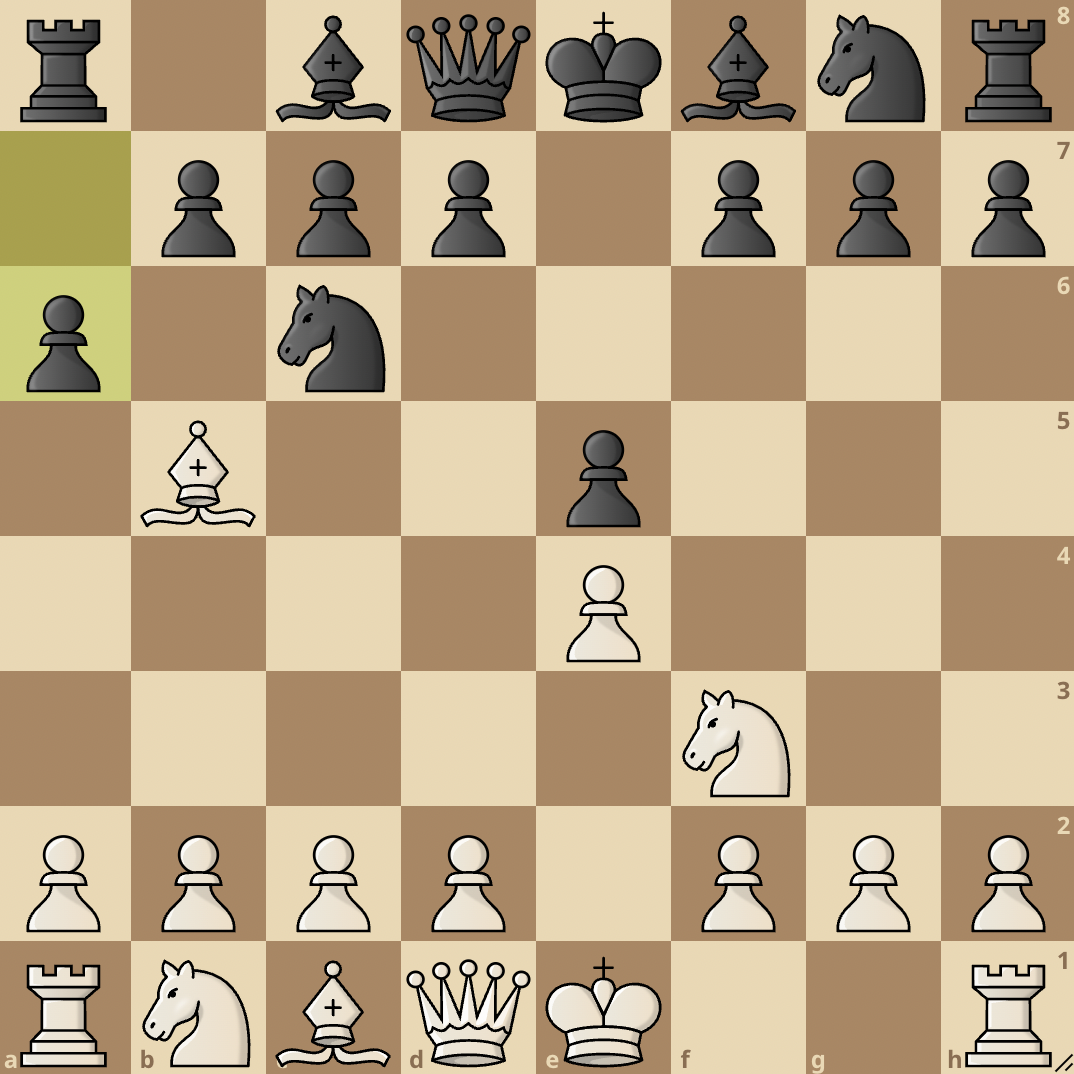
The white bishop on b5 is an annoying piece and Black kicks it back with a6. White has to do something about the bishop, and the most common move is 4. Ba4.
Black then develops their second knight by playing 4…Nf6. The f6 knight also attacks the e4 pawn.
While it looks like White’s pawn is under attack and they have to defend it immediately, that is not the case.
White will continue playing by simply playing 5. 0-0 and castling kingside. It looks like Black can win the e4 pawn by playing Nxe4, but after Re1 the knight on e4 has to move and White will recapture the pawn in a few moves.
After White castles, Black develops the final piece blocking their king from castling, this piece is the dark-squared bishop and they develop it by playing 5…Be7. White now plays 6. Re1 offers support to their e4 pawn, and Black finally loses patience with the light-squared bishop on a4 and they play 6…b5.
White’s bishop is under attack and they have to move it somehow. The only available square is b3, so White plays 7. Bb3.
Black then adds support to their e5 pawn by playing 7…d6. White then plays 8. c3. The c3 move does a couple of things.
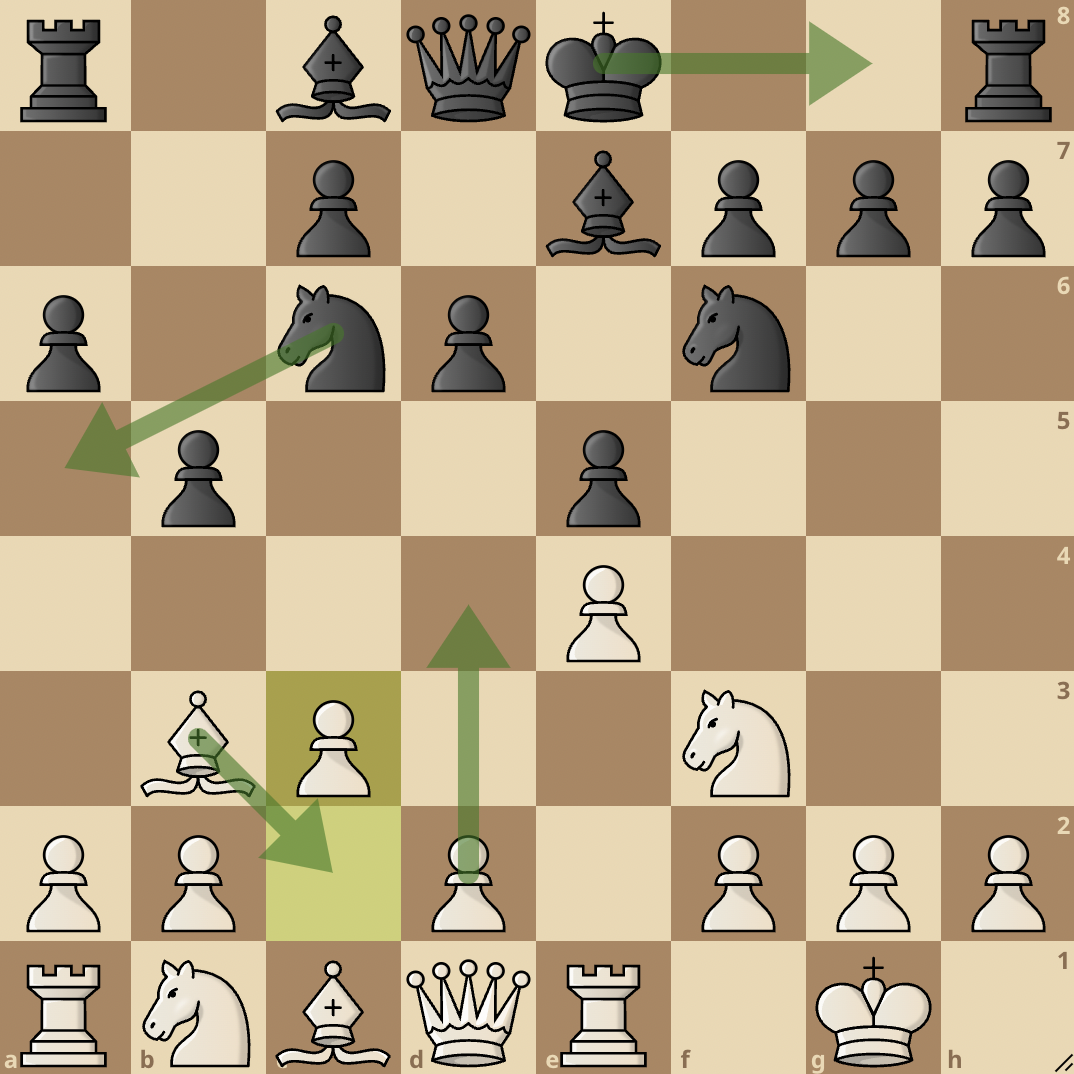
For one, it gives the light-squared bishop an escape square in case Black attacks it with Na5. It also prepares for a d4 thrust from White. If White can execute d4, they will strongly challenge Black’s center control and gain more space. After c3, Black plays 8…0-0 and castles.
The Morphy Defense variation can go down different routes. The players can choose to play a calm positional game or a sharp attacking one.
Marshall Attack
The Marshall Attack is a sharp variation that arises from the Morphy Defense of the Ruy Lopez. In the Marshall Attack, Black sacrifices a pawn in exchange for attacking play and a chance to have a go at the White King.
The Marshall Attack starts with the Morphy Defense that is 1. e4 e5 2. Nf3 Nf6 3. Bb5 a6 4. Ba4 Nf6 5. 0-0 Be7 6. Re1 b5 7. Bb3 0-0 8. c3. By playing c3, White prepares to execute the d4 pawn thrust.
However, Black has other ideas, before White gets the chance to execute d4, Black immediately pushes 8. d5.

By playing d5, Black now attacks the e4 pawn twice (with the d5 pawn and the f6 knight) so White captures the pawn by playing 9. exd5.
Black then recaptures with 9…Nxd5 and now White plays 10. Nxe5 and they win a pawn. Black will respond with 10…Nxe5 and White continues with 11. Rxe5.
The rook on e5 attacks Black’s knight so they defend by playing 11…c6. White then plays 12. d4, and opens up the board for their dark-squared bishop.
And now, Black goes on the offensive. 12…Bd6 comes, kicking the rook back. White retreats with 13. Re1 and Black brings the queen into the action with 13…Qh4.
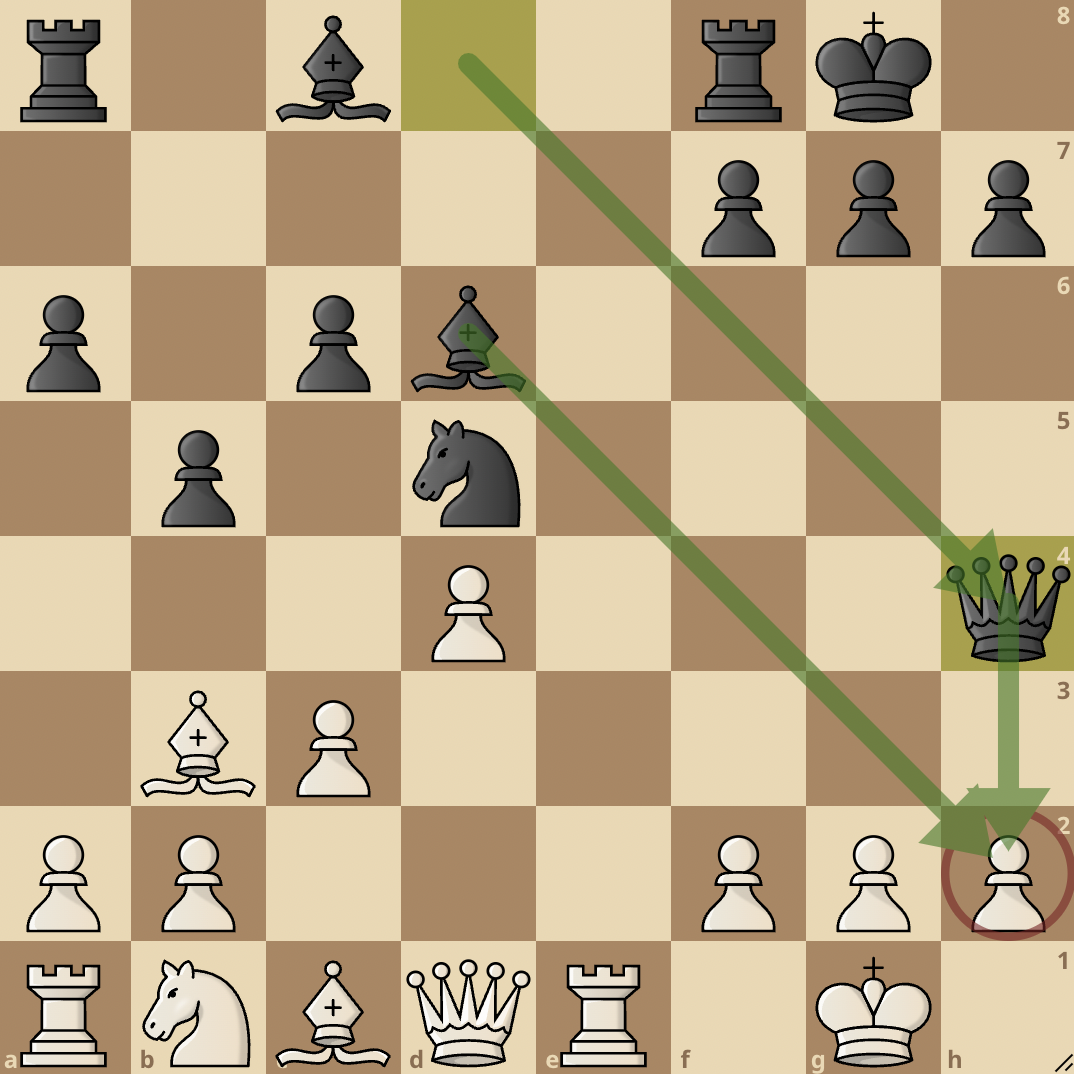
As we can see, Black has an attack going on the kingside and White has to be very careful how they proceed as they can quickly find themselves in a lot of trouble if they do not play accurately.
Berlin Defense
The Berlin Defense is another variation that arises after the Ruy Lopez is entered with 3. Bb5.
This variation was made popular by the former world champion, Vladimir Kramnik in his championship match against another former world champion, Garry Kasparov.
Kramnik employed the Berlin Defense in the match and ended up winning the championship.
The Berlin Defense starts with 3…Nf6.

By playing Nf6, Black develops their knight and attacks the e4 pawn. The popular continuation here is for White to play 4. 0-0 and castle.
By castling, White leaves the e4 pawn unguarded and Black captures the pawn with 4…Nxe4.
After capturing the pawn, Black has to be very careful with how they proceed as they can end up falling into dangerous waters.
A trap Black can fall into after 4…Nxe4 is if White plays 5. Re1. Black then continues with Nd6. By playing Nd6, Black attacks the light-squared bishop on b5.
White sets up a deadly trap by playing Nxe5. It seems like White just hung a piece, however, this isn’t the case. If Black captures the bishop with Nxb5, White will play Nxc6+, and just like that, Black will lose their queen.
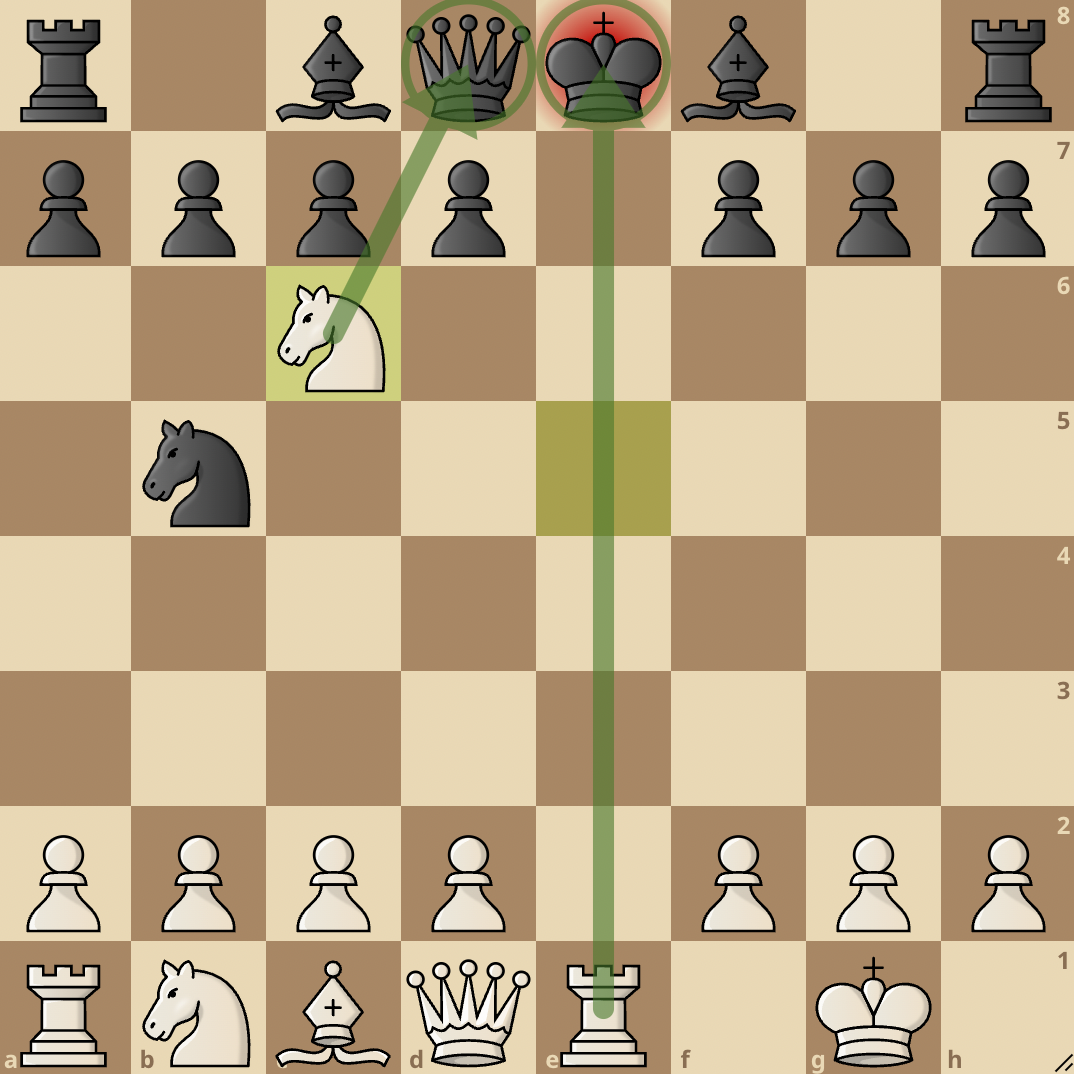
This is because Nxc6 comes with a discovered check from the rook on e1, Black has to respond to the check, and no matter how they respond, they will lose their queen on the next move.
Now that we’ve seen a trap Black can fall into, let’s continue with the mainline of the Berlin Defense.
After 4…Nxe4, White continues with 5. d4, it would be risky for Black to capture the d4 pawn as that would expose the knight to a pin after White moves their rook to e1.
Black will instead continue with 5…Nd6, attacking the bishop on b5. White then trades their bishop for a knight and plays 6. Bxc6. Black recaptures with 6…dxc6 and White now regains their pawn with 7. dxe5.
The dxe5 move also comes with a threat on the black knight, so Black plays 7…Nf5 and offers a queen trade.
After both sides trade queens, the position that both sides arrive at is a theoretical draw.
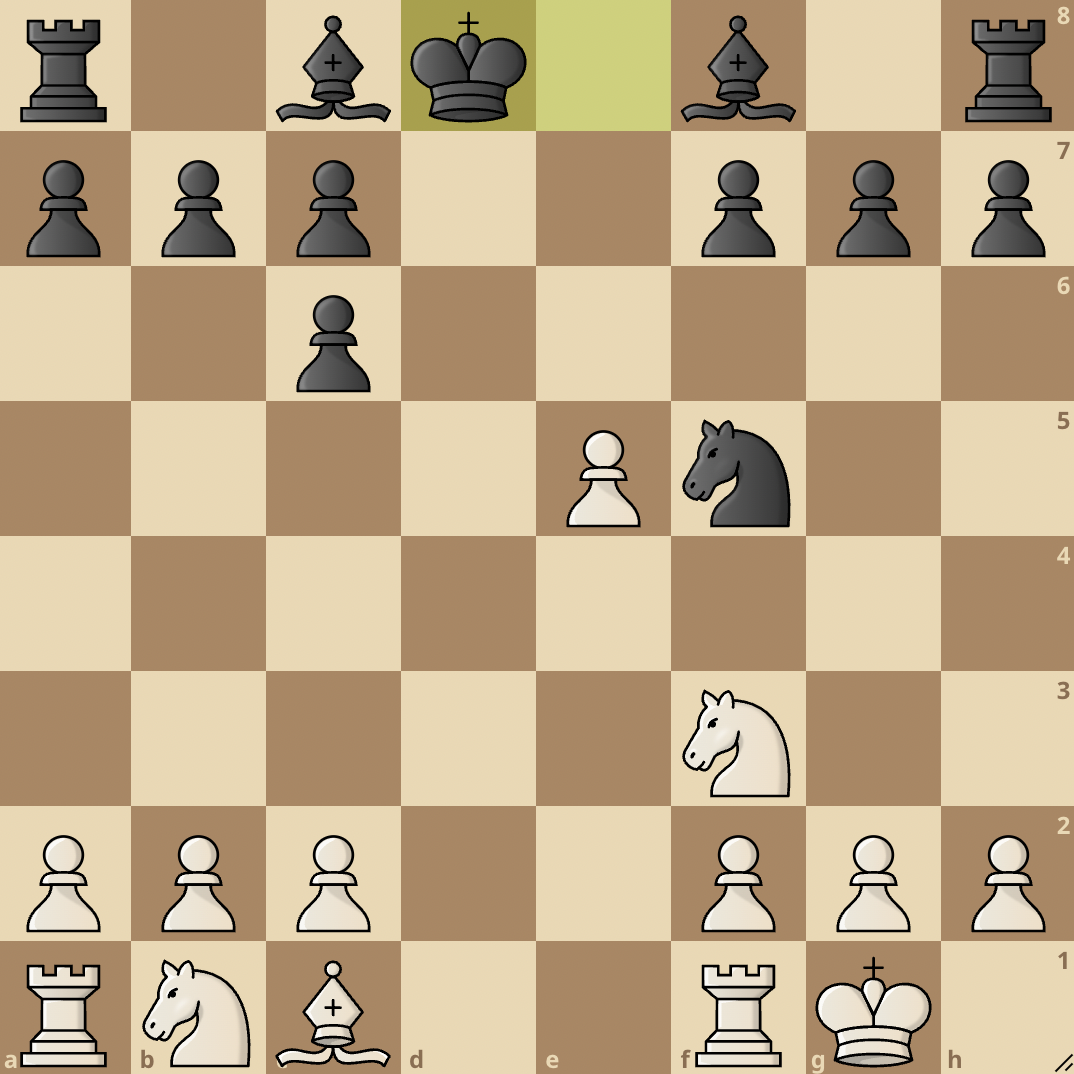
This is because there is no real advantage for either side. Although Black loses castling rights, there is no clear way for White to take advantage and as the queens are off the board, the game will most likely end in a draw.
Schliemann Defense
The Schliemann defense is an interesting way of approaching the Ruy Lopez from Black’s perspective. It starts with the move 3…f5.
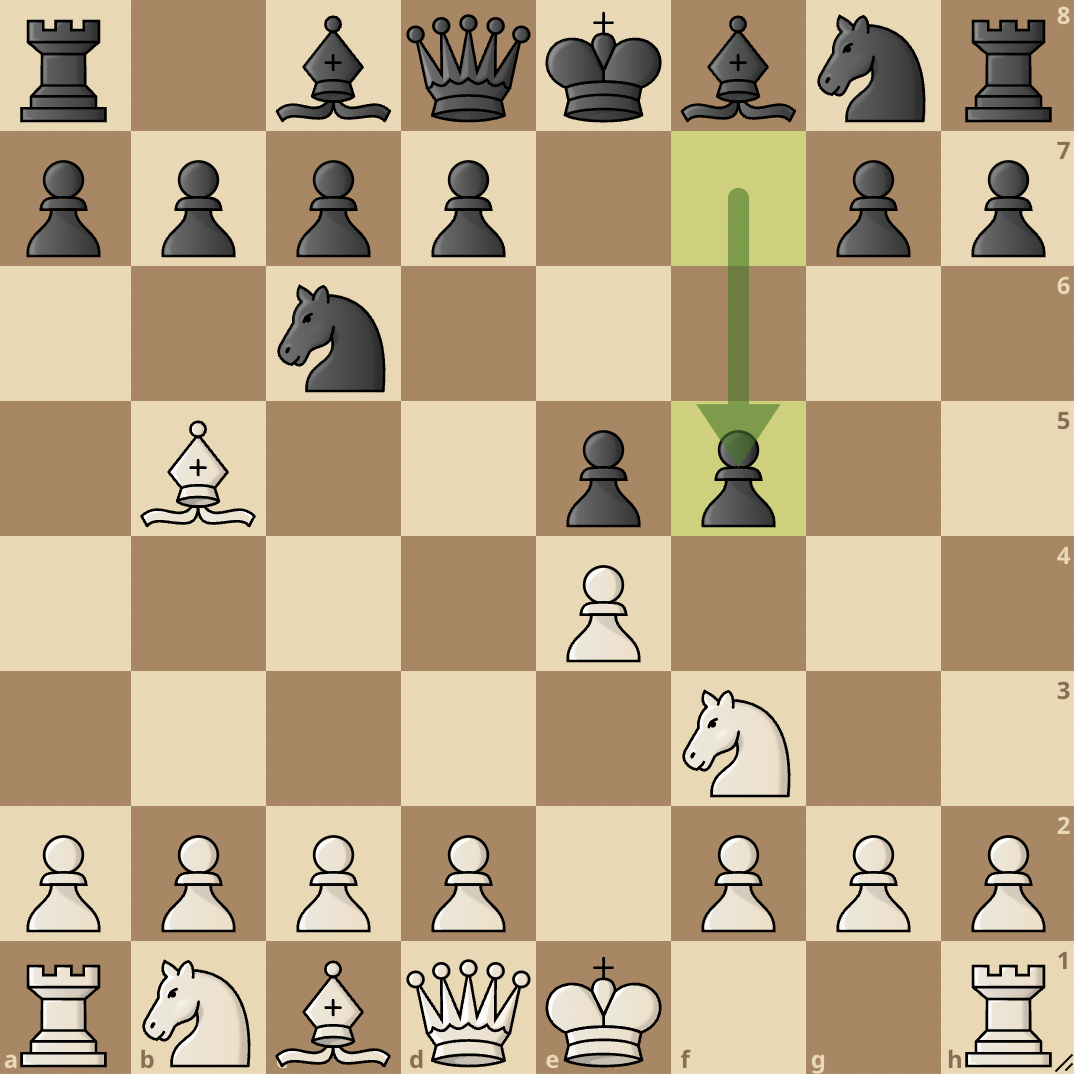
By playing f5, Black immediately challenges the e4 pawn and asks White to decide on how they want to continue. In this position, the best move for White is to ignore the f5 push and continue with 4. Nc3.
If White captures the f5 pawn, Black will push e4, threaten the knight and White will not gain any advantage from the opening phase.
Black also has a high chance of winning back their pawn. Removing the c6 knight with 4…Bxc6 and then capturing the e5 pawn with Nxe5 doesn’t help either.
This is because, after Nxe5, Black will play Qd4, threatening the white knight and pawn and they will win back the pawn after the knight moves. Therefore, 4. Nc3 is the way to go.
After 4. Nc3, Black plays 4…fxe4 and captures the e4 pawn. White recaptures with 5. Nxe4 and Black develops their other knight with 5…Nf6. A trade of knights happens with 6…Nxf6+ Qxf6. White then plays 7. Qe2 and puts pressure on the e5 pawn.

Trying to protect the pawn is futile as White will win it no matter what Black does, so Black gambits the pawn in exchange for open lines of attack and an unopposed light-squared bishop.
The game continues with Black playing 7…Be7. White captures the c6 knight with 8. Bxc6, and after Black recaptures with 8…dxc6, White wins the e5 pawn with 9. Nxe5. Black in this position will castle kingside.
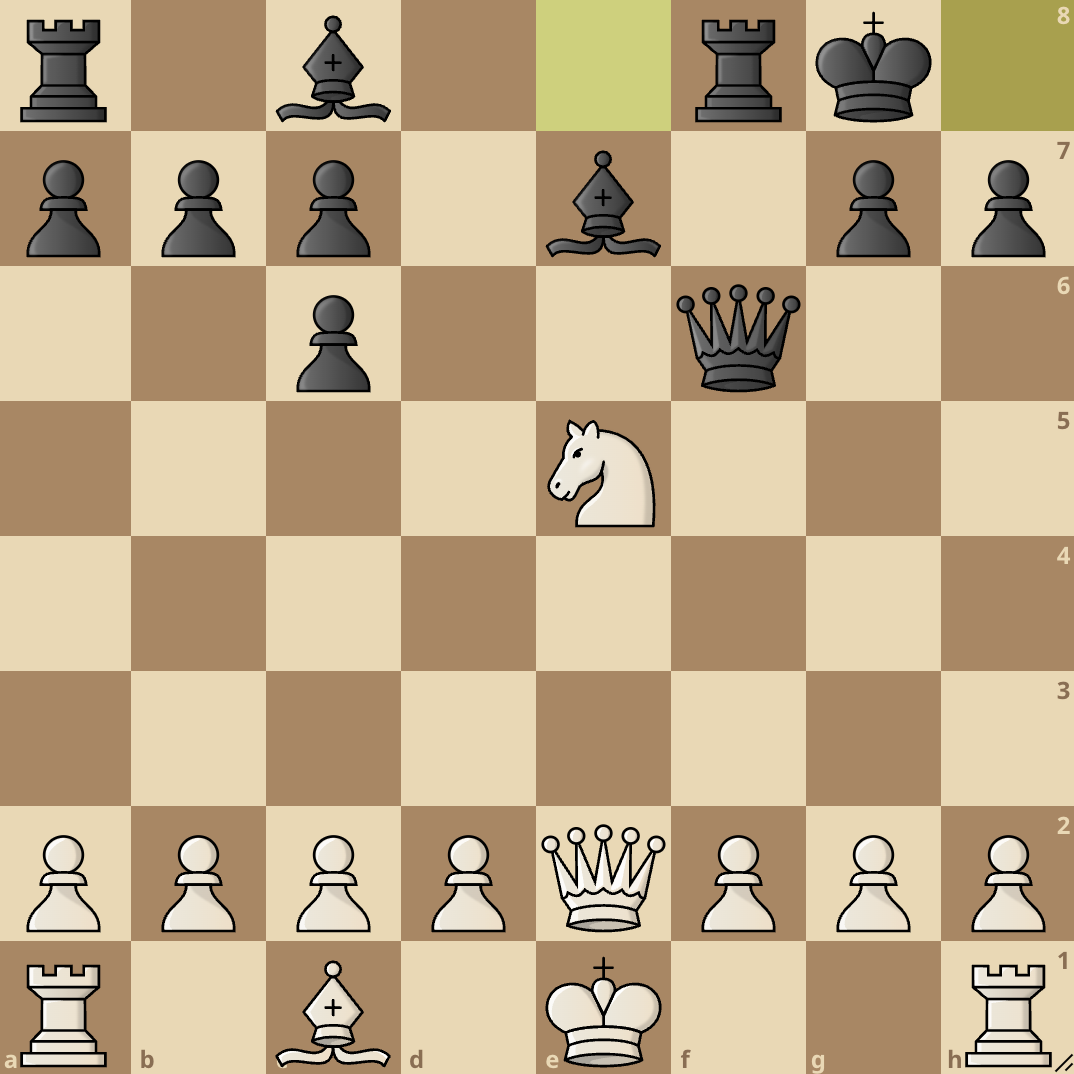
From this position, it is clear that White is up a pawn, however, Black has open lines on the f and e-files which their rooks can exploit and they also possess the bishop pair which can be used to start an attack on the White king. Basically, in this variation, Black gives up a pawn for attacking chances.
Successful Deployments
The Ruy Lopez has been deployed successfully through the years by different players. Let’s take a look at some excellent games that showcase the beauty of this opening.
Touch the moves or move the board around for a better interactive experience.
Kasparov v Karpov 1990 World Chess Championship
The legendary Garry Kasparov was a master of the Ruy Lopez, and he expertly demonstrated his prowess in the opening by winning a beautiful game against another chess great, Anatoly Karpov in their 1990 world championship match.
Kaido Kulaots v Magnus Carlsen European Team Championship 2007
Magnus Carlsen, who needs no introduction, employs the Berlin Defense regularly in his games.
He was also a very deadly user of the opening in his younger years, this game against Kaido Kulaots in the 2007 European Championship highlights Magnus’ prowess in the Berlin Defense.
Judit Polgar v Michael Adams Dos Hermanas 1999
Judit Polgar is considered by many to be the strongest female chess player of all time.
However, in 1999 when she came up against the Marshall Attack, even the great Polgar couldn’t handle the heat and she eventually lost the game to Michael Adams.
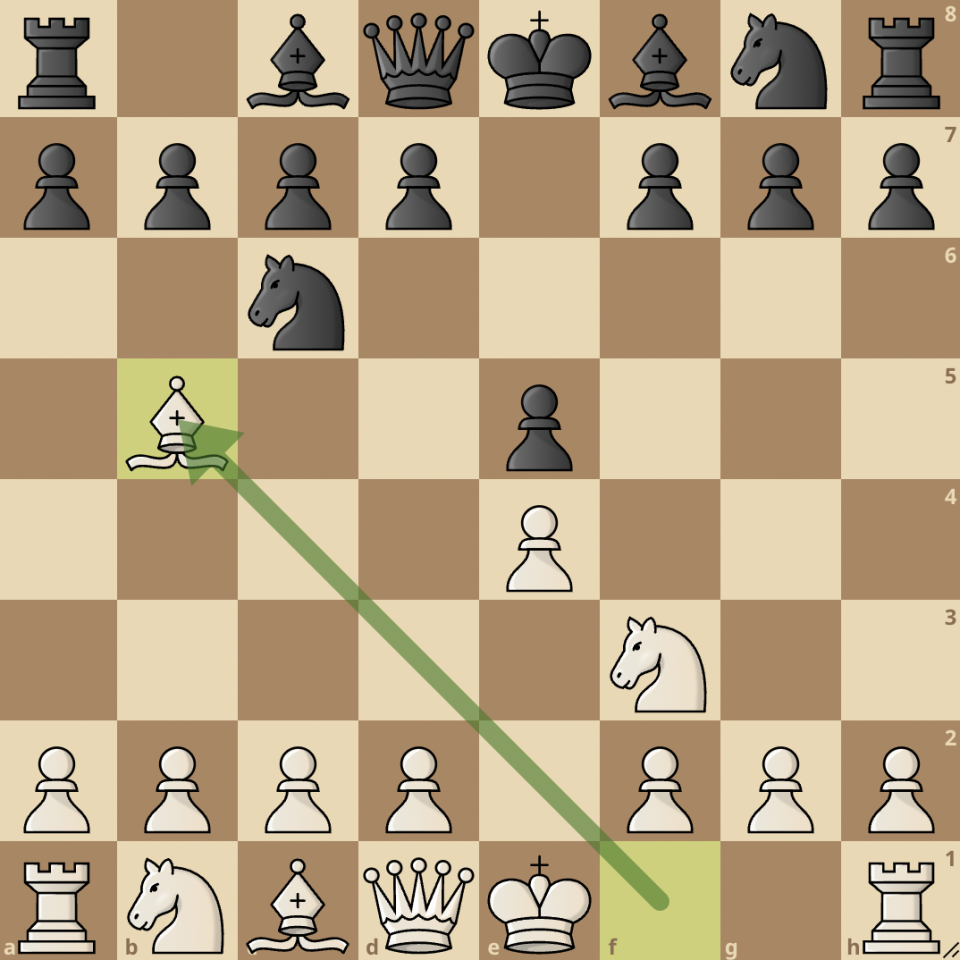


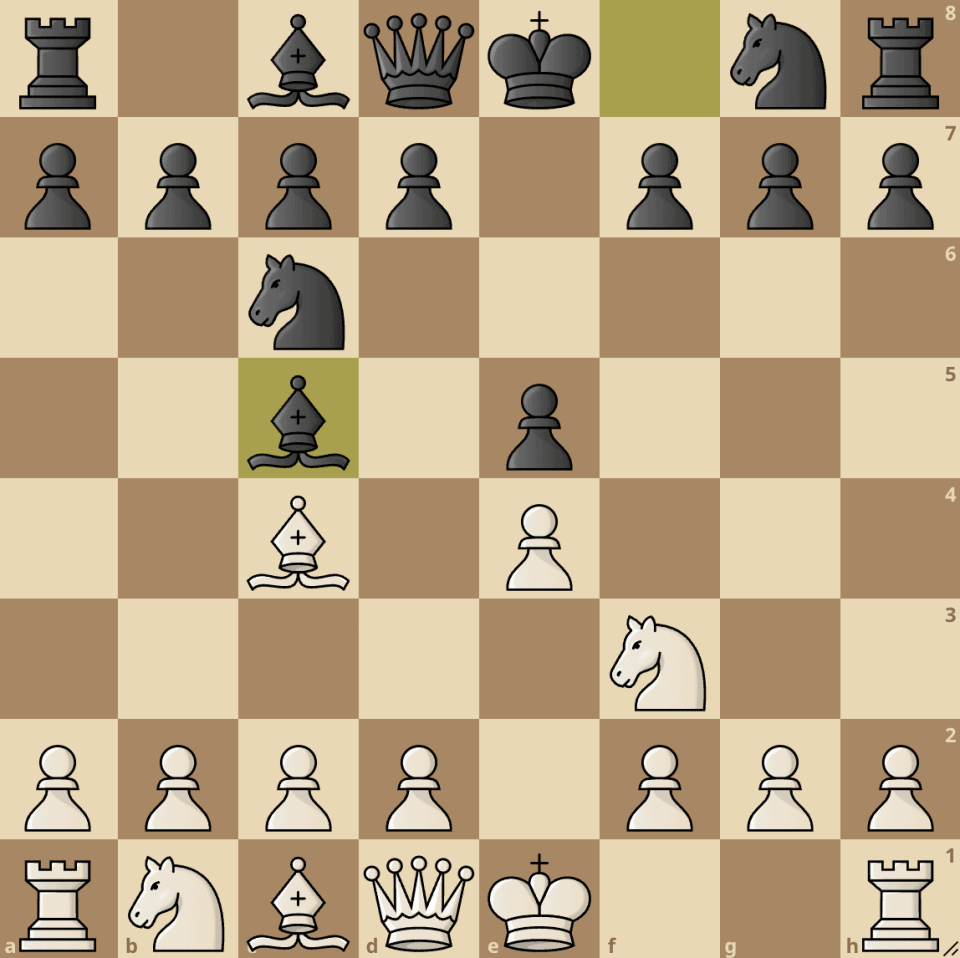

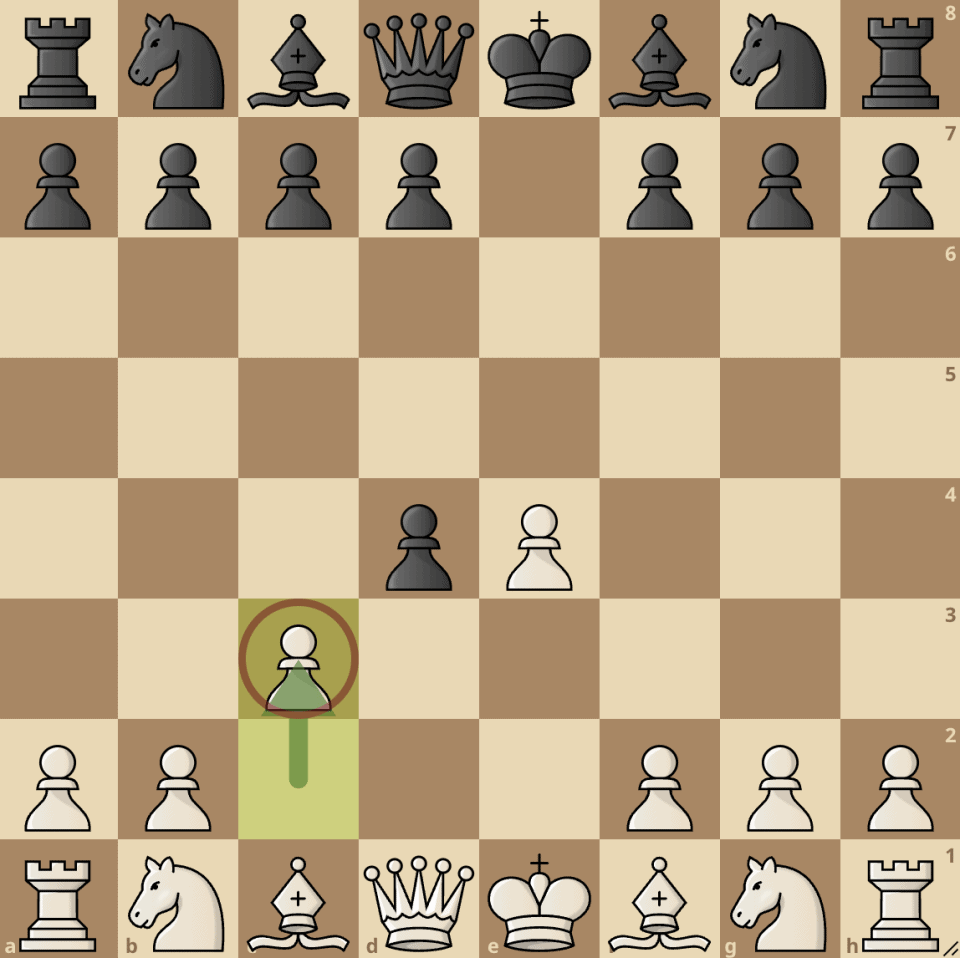
join the conversation